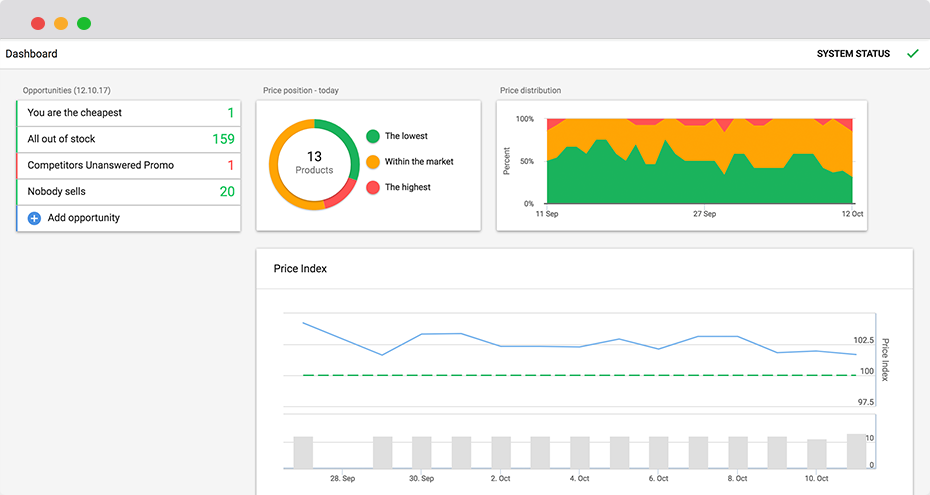Omnichannel Pricing
Market Test
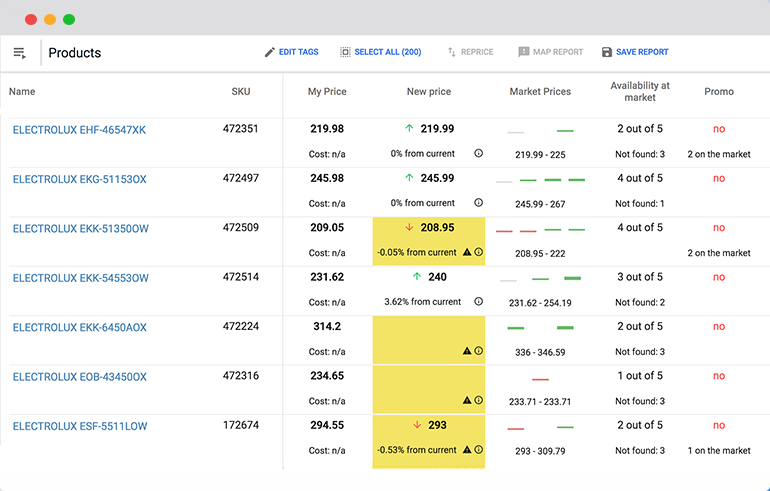
Matchings updated*:
Scan according
to schedule
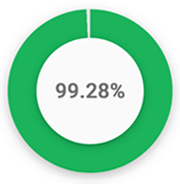
*last 24h
Holding onto or stepping up in a position is also enhanced through omnichannel communications. Therefore, why not take advantage of all of the technology that we have today in order to take the necessary steps to becoming the leading retailer force on the market?

If you break down an omnichannel, it means all channels, and in the retail world, that means all sales channels such as online, mobile, and in-store.
Omnichannel communications are important in today’s society because consumers now want to shop from various locations at any given time, while expecting a seamless experience across all channels. On top of that, they’ve got a lot more access to information than any other generation had before, so it’s crucial to get to them in order to beat out rivals. That’s where omnichannel pricing comes in.

What is omnichannel pricing?
Omnichannel pricing is a pricing method where the price of an item is decided and reflected across all channels.
Today, there are a number of places to shop from:
There’s been a gradual yearly increase in mobile shopping with 35% of consumers claiming that they’ll eventually do the majority of their shopping from their smartphone (according to statistics by PwC). Therefore, now more than ever, prices need to be continuously and effectively changed on each channel.
Why omnichannel pricing?
With a constant price on all channels, customer experience with omnichannel immensely improves. Through omnichannel communications, consumers, who are typically touchy when it comes to prices, will trust companies more, thus creating stronger customer loyalty. It’s also important because prices shouldn’t be a reflection of what other businesses are doing, but instead should be changed in a way where it would be beneficial to their own business.
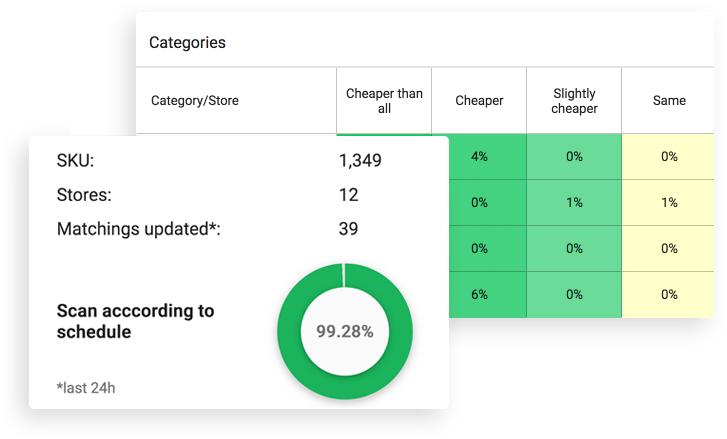
This pricing method makes the retail pricing strategy easier since competitive pricing is more so the focus rather than price optimization. Therefore, an understandable guideline should be set on both price matching as well as the times when either inconsistent pricing or promotions on among both channels online and offline are allowed. A few pricing rules include, but aren’t limited to:
- profitability
- flexibility
- competitiveness
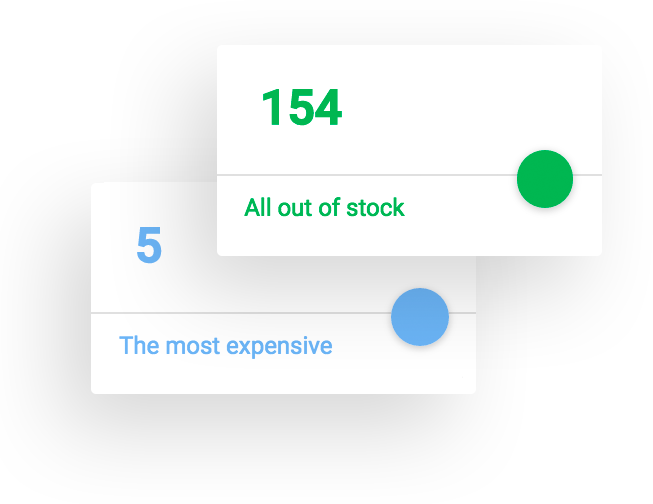
When selecting channel pricing, buyer patterns should be analyzed to figure out in which categories the prices can be higher. In other words, for each channel, you need to define SKU and make the right decisions at a price for each category. There are a number of parts to focus on in order to sell more:
- assortment
- management
- pricing
- competitor monitoring
- marketing activities
- workflow optimization
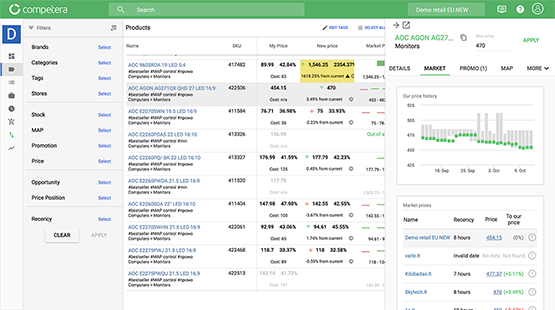
The best way to organize everything is by automating both the information and the analysis received via a platform that is capable of monitoring several channels. The platform must have many omnichannel capabilities in order to properly track and change prices effectively across each and every platform.
in all channels by automating pricing tasks with a powerful
SaaS solution
Market Test
